How Close to Sidewall Can a Tire Be Patched?
At some point in your life, you will probably get a punctured tire, it’s just one of those things. But did you know that if the puncture is too close to the sidewall that it cannot be patched? We will go over why that is the case in a moment, but first, how close to the sidewall can a patch be installed?
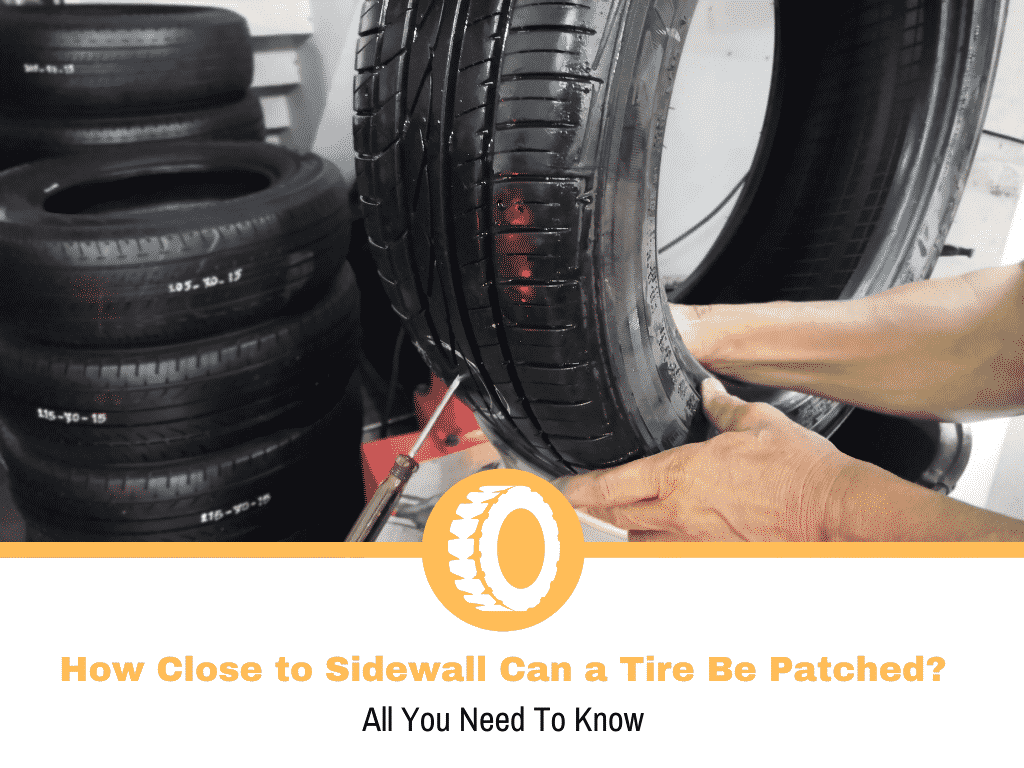
The rule is that any puncture less than half an inch from the start of the internal steel belt on the shoulder or sidewall cannot be patched. If the puncture is less than half an inch from the internal steel belt, then the tire must be disposed of for safety reasons.
What Kind of Damage to a Tire Can and Cannot Be Repaired?
As mentioned above, a puncture can only be repaired if it is half an inch or more away from the internal steel belt’s edge. Any closer to the edge or past the edge is unsafe and the tire must be disposed of. The shoulder and sidewall of the tire are considered structural parts and any damage done to them renders the tire unsafe for use.
Along with the location of the puncture, there are also other variables that limit the repairability of a tire. Firstly, the size of a puncture cannot be greater than one-quarter of an inch. Anything larger than this and the tire needs to be replaced. Similarly, any irregular gashes or cuts exceeding one-quarter of an inch constitute the replacement of the tire.
A cut of any length right through the steel belt also requires a replacement because the structural integrity is compromised. Finally, a new repair may not overlap an old repair as this creates an unsafe situation. It is also noteworthy to mention that a patch by itself is not enough to be deemed a repair.
A properly repaired tire must have the punctured area totally filled by a suitable vulcanizing material or solid rubber stem. Once the puncture is plugged, a patch must be applied to the inner liner of the tire. Other than the above-mentioned damages, a tire can be repaired in the main tread area.
How Do You Properly Patch a Tire?
Once the location of the puncture has been found, the first step in the patching process is removing the tire from the rim. Simply plugging the hole is not a proper repair job and will not last. Once the tire has been removed, the puncture can be better examined to ensure that the damage is not too extensive.
If the damage is repairable, then the puncture needs to be filed smooth to that it does not expand any further. The surface area around the puncture on the inside of the tire also needs to be cleaned a prepared so that the patch holds.
Once the area is prepared the puncture hole can be filled with either a suitable vulcanizing material or a solid rubber stem. I have had more success with vulcanizing cement because it binds with the rubber of the tire. Once the hole is plugged, you are free to apply the patch.
Applying the patch itself is quite straightforward, however, instructions can differ depending on the brand so make sure to follow the included instructions that come with the patch kit. Once the patching is done you are ready to put the tire back on and hit the road again.
Remember that your tire is not good as new now. Once a puncher has occurred and a patchwork is performed the tire will not be able to perform the same way. You will still have the same amount of grip, however, the top speed of the tire and long-distance travel range has been reduced.
As the tire heats up due to high speeds or many hours of use, the patch could come off, resulting in a loss of air pressure. This happens because the tire and patch expand and contract at different rates, essentially ripping the patch off.
How Do You Avoid Getting a Puncture?
Basically, there are five things you can do to minimize your chances of getting a puncture in the first place. These five are: Checking your tire pressures, rotating your tires, avoiding road hazards, avoiding overloading your tires, and keeping an eye out for recalls.
Keep in mind that there is no sure way to prevent a puncture, there are simple little things you can do that will help lower the risks of getting a puncture.
Checking Your Tire Pressures
Maintaining the correct tire pressure is one of the most important things you can do when it comes to vehicle maintenance. Both too much tire pressure and too little tire pressure can cause a puncture or blowout.

Too much tire pressure is more likely to give you a puncture because the tire is not able to give way when it hits a foreign object. Whereas too little tire pressure can put the tire’s sidewalls at risk of punctures. Not only is this worse because a sidewall puncture is irreparable, but the sidewall is also more vulnerable because it doesn’t have a steel belt.
Furthermore, incorrect tire pressures can cause blowouts because the tire is incapable of shedding excess heat. It is important to check your tire pressures at least once a month to make sure they are correct for your vehicle. Remember the correct pressure is not the one listed on the tire but rather it is the pressure listed on the door jamb sticker or in the vehicle’s manual.
Rotate Your Tires
You might be asking yourself what rotating your tires has to do with punctures. It all comes down to the tread. The tread of your tire is what makes contact with the road. Along with providing traction and water displacement, it is there to protect the internal parts of the tire from forging object damage.
If you do not rotate your tires, the tread will wear unevenly and become worn out faster in certain areas. When this happens, there is less protection for the tire which results in more punctures that would normally not affect the tire.
Avoid Road Hazards
This is a pretty straightforward one, right? Just don’t drive through debris on the road. Well, yes, but it’s a little more complicated than that. Obviously, we are all going to steer clear of any major debris on the road, but what about the debris you can’t see?
The shoulders of a lot of highways and roads are littered with small debris you cannot see from the driver’s seat. steering clear of any shoulders and gutters will dramatically reduce the risk of a puncture. Furthermore, always try to avoid any kind of object on the road, even if it looks like a smooth plank or an empty box, it could have nails in it.
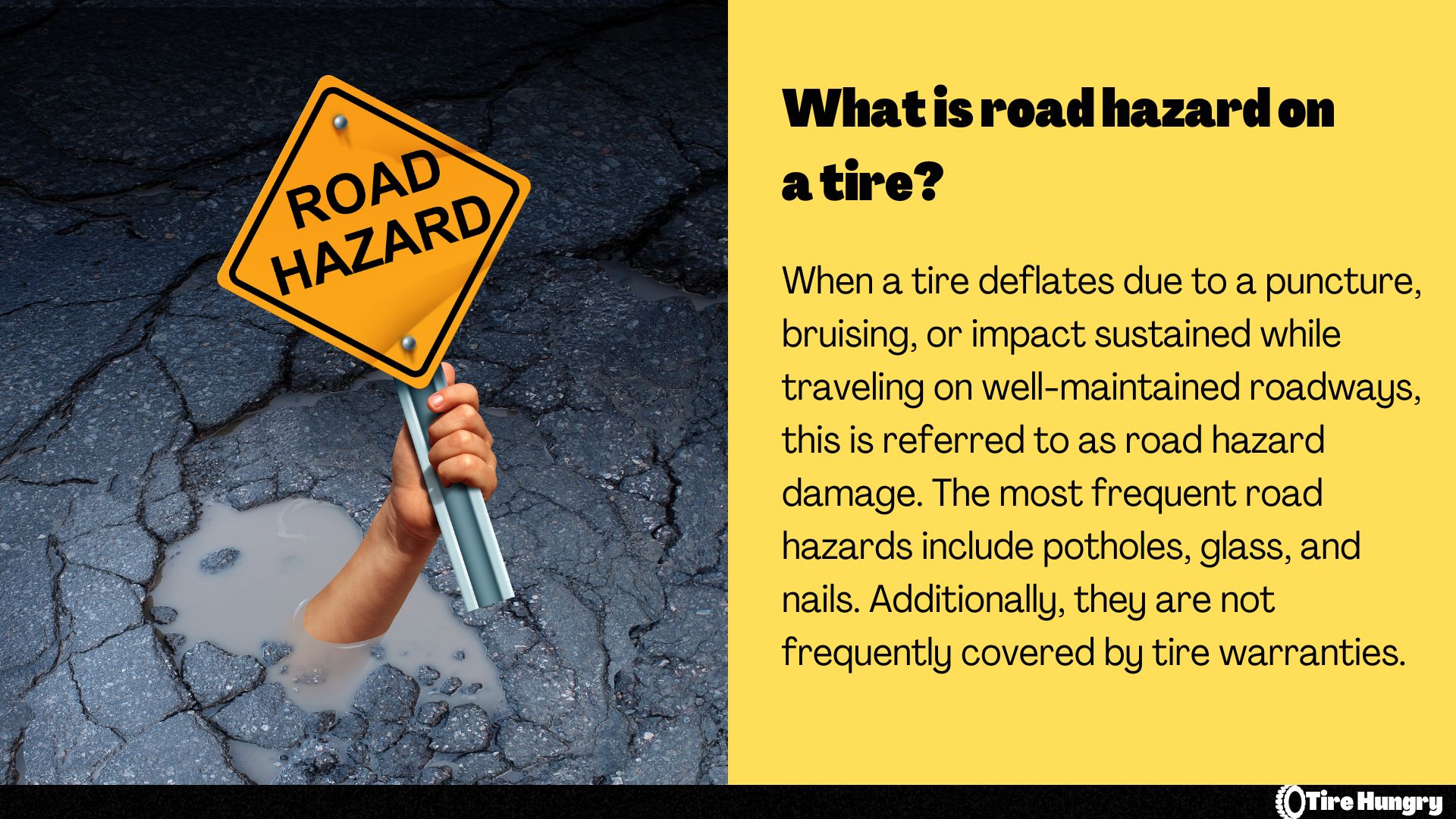
Don’t Overload Your Tires
Just like increasing the pressure in your tires, overloading your tires will increase the chance of a puncture. Additionally, you run the risk of a blowout when you overload your tires, so not a good choice overall.
Watch For Recalls
Sometimes things just go wrong from the manufacturer’s side of things. For this reason, I like to keep an eye on recalls for both my vehicle and tires. Sometimes a tire does not hold up as it is advertised which could result in more punctures.
There are websites you can sign up to so that when the tires get recalled you get an email about it. Even if you don’t have any issues with your tires, it’s a good idea to recall them if you can. Not only is it safer but you get a free set to replace them!
Conclusion
To sum it all up, you can only patch a tire if the damage is more than half an inch from the edge of the steel belt found in the tread. It is recommended that the tire be removed and inspected to make sure that the puncture is in the repairable area.
If the puncture is less than half an inch or is on the shoulder or sidewall of the tire, the tire cannot be repaired. The side wall and shoulder are structurally critical to the integrity of the tire. Thus, it is a safety issue if they are damaged.
Furthermore, if the puncher is larger than a quarter of an inch, or has cut through the steel belt, the tire cannot be repaired. Finally, the best thing you can do to keep your tires in good condition is to maintain proper tire pressure.


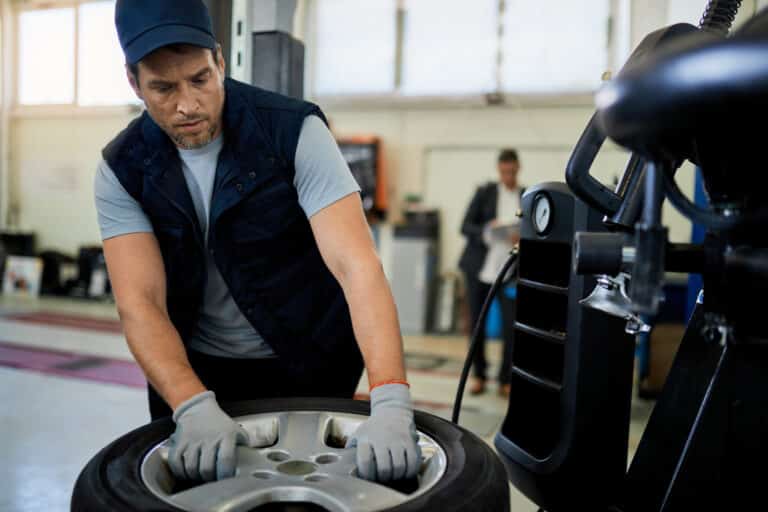
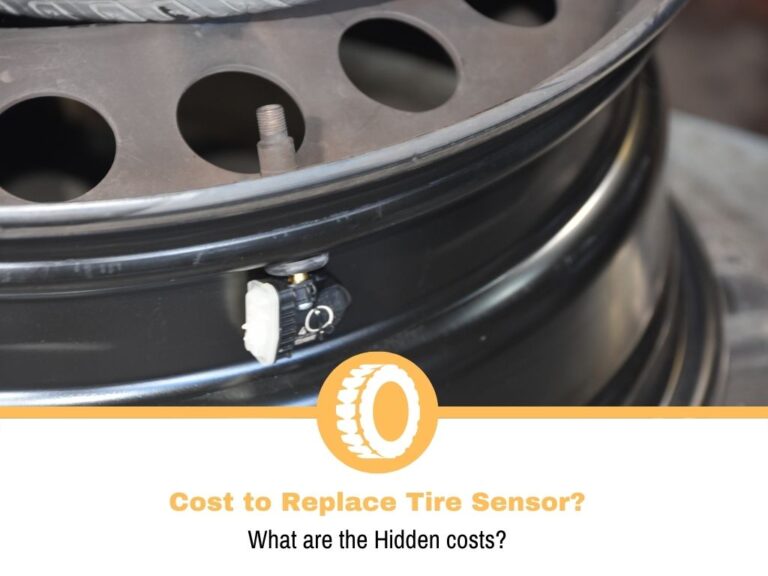

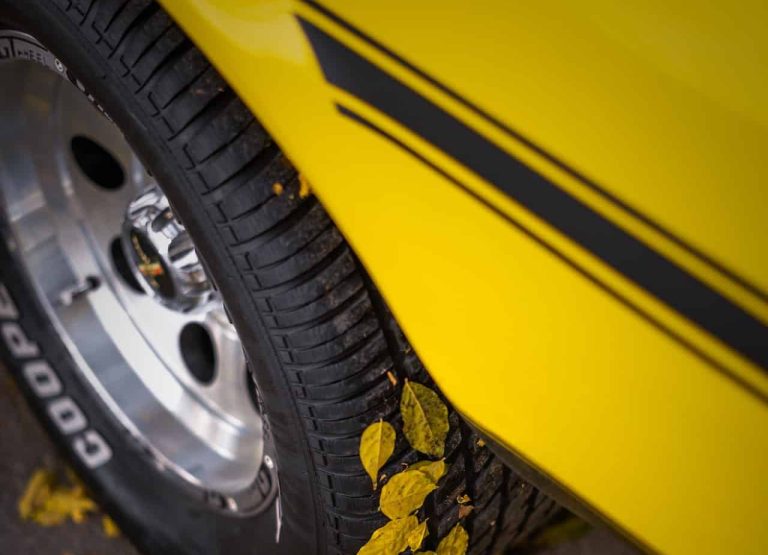
Can a patch too close to the sidewall result in misaligned tire?